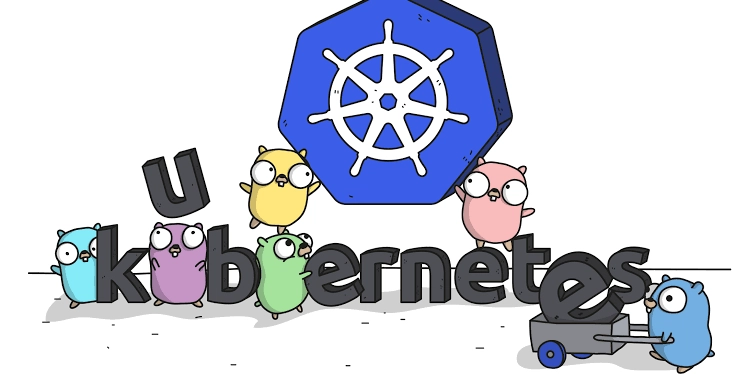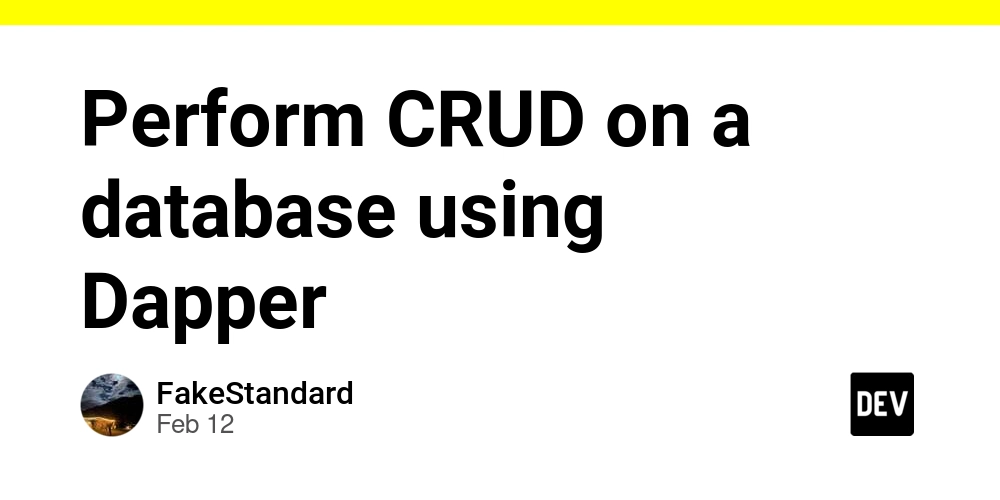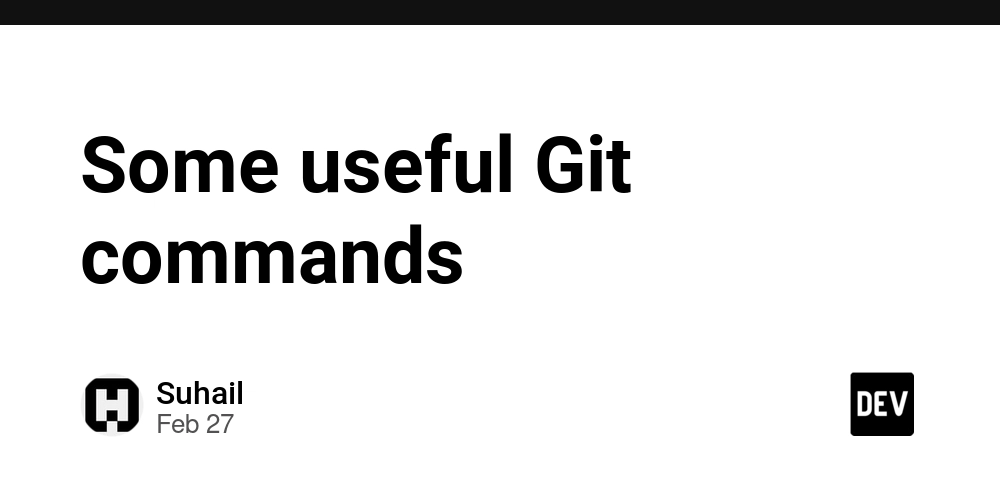Securing Configurations: Managing ConfigMaps and Secrets in Kubernetes
In Kubernetes, separating configuration from code is essential for creating flexible, secure applications. This post dives into two key resources: ConfigMaps and Secrets. Learn how to manage your configuration data effectively while ensuring sensitive information remains secure. What Are ConfigMaps and Secrets? ConfigMaps: Store non-sensitive configuration data in key-value pairs. They allow you to decouple configuration artifacts from image content. Secrets: Similar to ConfigMaps but designed to store confidential data such as passwords, tokens, and keys. They are encoded and can be managed with additional security controls. Creating and Using a ConfigMap Let’s start with a ConfigMap that holds application settings: apiVersion: v1 kind: ConfigMap metadata: name: app-config data: APP_MODE: "production" LOG_LEVEL: "info" You can mount this ConfigMap as environment variables or as a file in a Pod. For example, to set environment variables: env: - name: APP_MODE valueFrom: configMapKeyRef: name: app-config key: APP_MODE Handling Secrets Securely Secrets should be managed with care. Here’s how to create a Secret: apiVersion: v1 kind: Secret metadata: name: db-secret type: Opaque data: username: bXl1c2Vy # base64 encoded value for 'myuser' password: c2VjcmV0 # base64 encoded value for 'secret' Remember to decode and handle these values securely in your applications. Best Practices for ConfigMaps and Secrets Separation of Concerns: Keep non-sensitive data in ConfigMaps and only use Secrets for sensitive information. Version Control: Avoid storing sensitive data in version-controlled files. Encryption: Consider encrypting Secrets at rest and use Kubernetes RBAC policies to control access. Environment Specifics: Use different ConfigMaps and Secrets for development, staging, and production environments. Conclusion Using ConfigMaps and Secrets properly enhances both the security and flexibility of your Kubernetes deployments. By separating configuration from code, you can change settings on the fly without redeploying your application—and keep sensitive information safe. Have you encountered any challenges with configuration management in Kubernetes? Let’s discuss your tips and tricks in the comments!

In Kubernetes, separating configuration from code is essential for creating flexible, secure applications. This post dives into two key resources: ConfigMaps and Secrets. Learn how to manage your configuration data effectively while ensuring sensitive information remains secure.
What Are ConfigMaps and Secrets?
- ConfigMaps: Store non-sensitive configuration data in key-value pairs. They allow you to decouple configuration artifacts from image content.
- Secrets: Similar to ConfigMaps but designed to store confidential data such as passwords, tokens, and keys. They are encoded and can be managed with additional security controls.
Creating and Using a ConfigMap
Let’s start with a ConfigMap that holds application settings:
apiVersion: v1
kind: ConfigMap
metadata:
name: app-config
data:
APP_MODE: "production"
LOG_LEVEL: "info"
You can mount this ConfigMap as environment variables or as a file in a Pod. For example, to set environment variables:
env:
- name: APP_MODE
valueFrom:
configMapKeyRef:
name: app-config
key: APP_MODE
Handling Secrets Securely
Secrets should be managed with care. Here’s how to create a Secret:
apiVersion: v1
kind: Secret
metadata:
name: db-secret
type: Opaque
data:
username: bXl1c2Vy # base64 encoded value for 'myuser'
password: c2VjcmV0 # base64 encoded value for 'secret'
Remember to decode and handle these values securely in your applications.
Best Practices for ConfigMaps and Secrets
Separation of Concerns: Keep non-sensitive data in ConfigMaps and only use Secrets for sensitive information.
Version Control: Avoid storing sensitive data in version-controlled files.
Encryption: Consider encrypting Secrets at rest and use Kubernetes RBAC policies to control access.
Environment Specifics: Use different ConfigMaps and Secrets for development, staging, and production environments.
Conclusion
Using ConfigMaps and Secrets properly enhances both the security and flexibility of your Kubernetes deployments. By separating configuration from code, you can change settings on the fly without redeploying your application—and keep sensitive information safe.
Have you encountered any challenges with configuration management in Kubernetes? Let’s discuss your tips and tricks in the comments!










































































































































































![[The AI Show Episode 142]: ChatGPT’s New Image Generator, Studio Ghibli Craze and Backlash, Gemini 2.5, OpenAI Academy, 4o Updates, Vibe Marketing & xAI Acquires X](https://www.marketingaiinstitute.com/hubfs/ep%20142%20cover.png)



























































































































![[FREE EBOOKS] The Kubernetes Bible, The Ultimate Linux Shell Scripting Guide & Four More Best Selling Titles](https://www.javacodegeeks.com/wp-content/uploads/2012/12/jcg-logo.jpg)



![From drop-out to software architect with Jason Lengstorf [Podcast #167]](https://cdn.hashnode.com/res/hashnode/image/upload/v1743796461357/f3d19cd7-e6f5-4d7c-8bfc-eb974bc8da68.png?#)






































































































.png?#)




.jpg?#)































_Christophe_Coat_Alamy.jpg?#)








































































































![Rapidus in Talks With Apple as It Accelerates Toward 2nm Chip Production [Report]](https://www.iclarified.com/images/news/96937/96937/96937-640.jpg)









































































































































